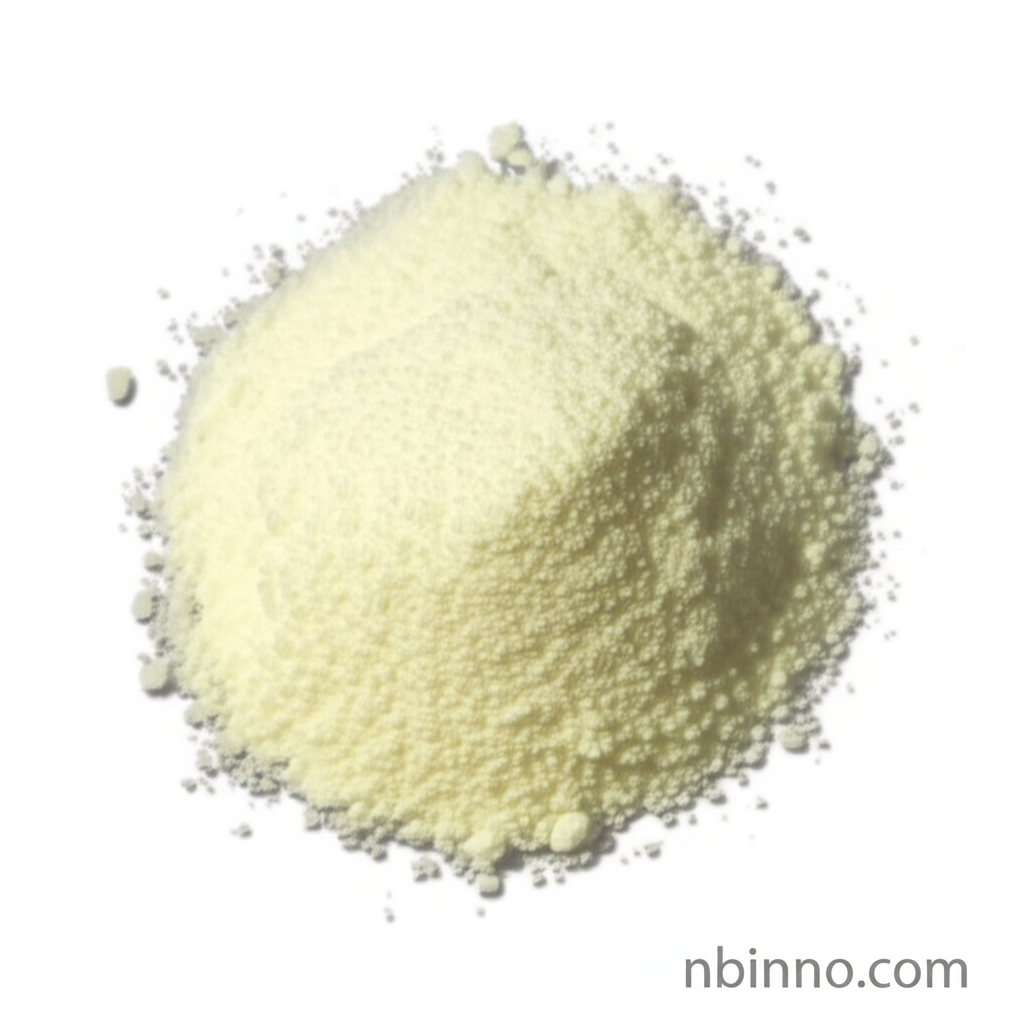Triphenylsilanethiol: A Versatile Reagent for Organic Synthesis and Chemical Applications
Discover the extensive applications of Triphenylsilanethiol, a key organosilicon compound that powers innovation in chemical synthesis, catalysis, and advanced materials. Explore its unique properties and how it drives scientific discovery.
Get a Quote & SampleProduct Core Value

Triphenylsilanethiol
As a leading supplier of high-quality chemicals in China, we offer Triphenylsilanethiol (CAS 14606-42-9), a crucial intermediate for a wide array of chemical transformations. Its unique structure, featuring a silicon center bonded to three phenyl rings and a thiol group, makes it invaluable for complex organic syntheses and advanced material development.
- Leverage Triphenylsilanethiol for carboxyl activation via silylthioesterification, a fundamental step in many organic synthesis pathways.
- Utilize its capabilities in radical chain reactions, offering an efficient alternative to traditional methods in chemical synthesis.
- Explore its role as a building block in the preparation of organometallic compounds, expanding the scope of chemical research.
- Incorporate this versatile reagent into your advanced materials development, benefiting from its unique silicon-based chemistry.
Advantages of Triphenylsilanethiol
Enhanced Reactivity in Synthesis
Triphenylsilanethiol significantly enhances synthetic organic chemistry by enabling efficient carboxyl activation, a key process in producing esters and amides, contributing to the field of chemical synthesis.
Catalytic Prowess
Its role in radical chain reactions as a polarity reversal catalyst offers a more controlled and often safer pathway for reductions, making it a preferred choice for chemists seeking efficient methodologies.
Versatile Building Block
As a potent organosilicon reagent, Triphenylsilanethiol serves as a critical component in constructing complex molecular architectures, particularly in organometallic chemistry and materials science.
Key Applications
Organic Synthesis
Triphenylsilanethiol is a foundational reagent for various synthetic transformations, including silylthioesterification, which is vital for carboxyl group activation in chemical synthesis.
Catalysis
Its effectiveness in radical chain reactions allows for controlled hydrogen atom transfer, providing an alternative to stannanes and improving reaction efficiency.
Organometallic Chemistry
The compound serves as a precursor in the synthesis of various organometallic complexes, contributing to the development of new catalytic systems and materials.
Materials Science
As an organosilicon reagent, it finds applications in the development of specialized materials, leveraging the unique properties conferred by the silicon-sulfur bond.
